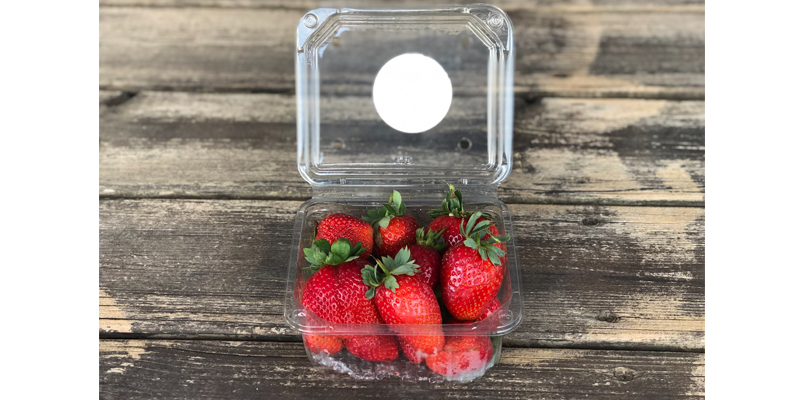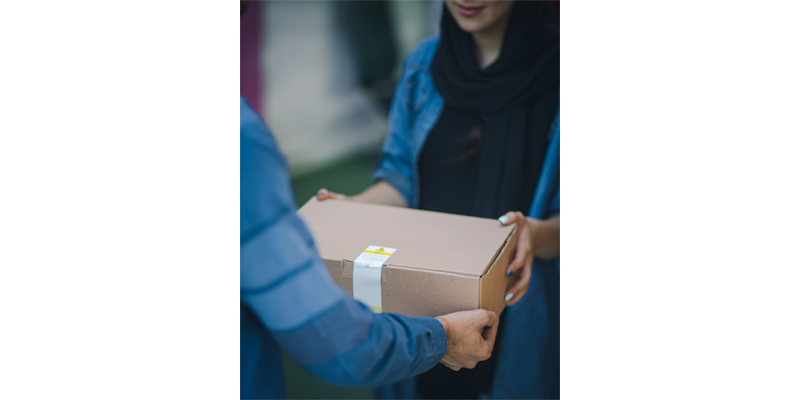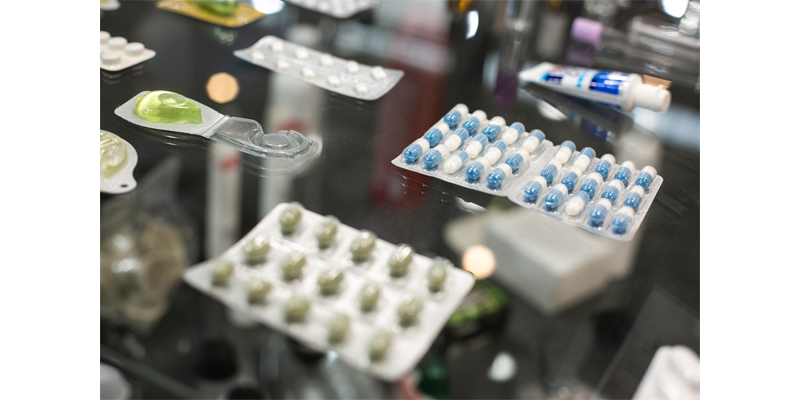The “new normal” is a term we’ve become accustomed to in recent weeks following the outbreak of COVID-19 in our lives. This prevailing reality is also having a direct impact on the entire value chain of the packaging, processing and logistics sector, which is demonstrating that its strength is, now more than ever before, unarguable. Below we list ten trends set to affect packaging in the post-Covid era.
Health and safety, undeniable protagonists
Packaging has become more important for consumers and the general public, who regard wrapping and packaging as guarantees to preserve the safety and hygiene of mass consumption products, particularly food. The role of packaging as a component of aseptic protection will remain a priority in the coming months. This is the view of Pierre Pienar, the president of the WPO (World Packaging Organisation), who declares that “the agents involved in the packaging industry must ensure that food safety is stricter than ever before”.

New players in the purchasing channels
E-commerce has clearly enjoyed a boom during the lockdown and all the pointers indicate that consumers will further this trend, which means that e-commerce and other home delivery services will continue to constitute predominant shopping channels. Just as the concept of teleworking has changed in the wake of the crisis, COVID-19 has led to the consolidation of e-commerce. This situation will lead to a greater undertaking by companies to invest in R&D, not only in terms of packaging, but also throughout the logistics and automation process involved in the online purchasing business when it comes to ensuring the safe delivery of products in perfect condition.

Food and health, priorities
These have been essential sectors during the lockdown and they will continue to be so, at least in the short term, given that consumers will reduce their spending as much as they can, prioritising purchases of basic needs. The major new opportunities will chiefly be found in the sectors related to food and consumption, beverages and pharmaceutical products, but, as the economy recovers, the other sectors will acquire a greater presence in terms of business volume.

Increased demand for packaged and single-use products
According to a study recently published by McKinsey the coronavirus crisis has led to a significant decline in demand for certain types of packaging while accelerating the growth of others. In this respect, laminated and single-use packaging is here to stay, given that consumers are becoming more reluctant to buy unpackaged food, particularly any consumed in bulk, such as bread, vegetables and fruit.
Sustainability and recycling, the major challenge
The search for greater sustainability and recycling, primary concepts for the packaging sector in recent years, will have to overcome several challenges: how can collection and recycling services be adapted even further due to the greater demand for packaging stemming from e-commerce? how can we reinvent and adapt sustainable materials so that they remain efficient and cost-effective in comparison with other materials such as plastic? how can we reverse the current trend towards the use of single-use plastic bags to the detriment of reusable ones? how can we ensure safe use of reusable materials? how can we reinvent bulk purchases and their packaging so that they generate peace of mind and confidence in consumers wary of anything that may entail a health risk due to potential contagion? We’ll need investment, support policies and a coordinated innovation strategy. This new approach could provide a valuable economic driving force.
A second life for plastic
Plastic is enjoying a second youth. The plastics industry has played a major role in the current crisis by ensuring a high level of safety in the preservation, measuring out and storage of food and pharmaceutical products. The challenge facing this material is closely related to its sustainability. According to a report published by Alimarket, the task for most companies that manufacture packaging with plastic consists of focusing on making this material a more sustainable product by means of a combination of eco-design and eco-innovation.

The logistics chain, a key sector
Logistics has played a leading role in ensuring supplies of essential products and food, and this state of affairs will continue with the growing popularity of e-commerce and the need to guarantee maximum product traceability and safety. The digital transformation, the IoT and connectivity for the development of highly-efficient last mile logistics will be key issues, as well as the adoption of new solutions to streamline the delivery of orders, including physical lockers and e-lockers and the collection of orders in more locations with a more flexible timetable. Companies will also have to consider how to optimise reverse logistics and find more sustainable and efficient transport solutions while developing more agile and automated picking and packing systems.
Increased automation and digitisation
We’re already witnessing changes in our workplaces. One of them, the maintenance of a minimum safety distance, will have a direct impact on the way companies that produce and use packaging work. The need for the automation of processes that we can assign to machines will be increasingly common to ensure safety of the workers, who, in turn, will provide added value as professionals in controlling these machines, monitoring the process, making decisions and identifying the strategy to follow.
Innovation, more necessary than ever
Innovation is often pushed into the background in a climate of economic crisis and uncertainty, but, today more than ever before, there’s a need to conduct research and develop sustainable materials to guarantee the safety and traceability of the food and products that they contain. In this regard, the future may bring us designs that go even further and minimise the possibility of the virus surviving on the surface of packaging. This innovation can also be transferred to the rest of the value chain, from the irruption of robots in the distribution and the delivery of packaging to efficiency in any industrial production process.
Adaptability and flexibility
This is not a feature unique to wrapping and packaging, but it’s an essential concept if this sector is to remain streamlined, pioneering and innovative when it comes to providing rapid solutions for major needs. We must prioritise focusing our energy on searching for mid and long-term solutions and the creation of a unified strategy that acknowledges the importance of the entire value chain of packaging, without foregoing the principles of environmental protection and health and safety. The whole ecosystem must seek ways of promoting efficient packaging that results in a mutual benefit for our society, the environment and the economy while meeting the needs of the new future that awaits us. Because in view of the new context and new consumer habits we’ll need new answers, and Hispack 2021 will provide the meeting point enabling the sector to showcase them.
Cristina Benavides, Hispack contributor





